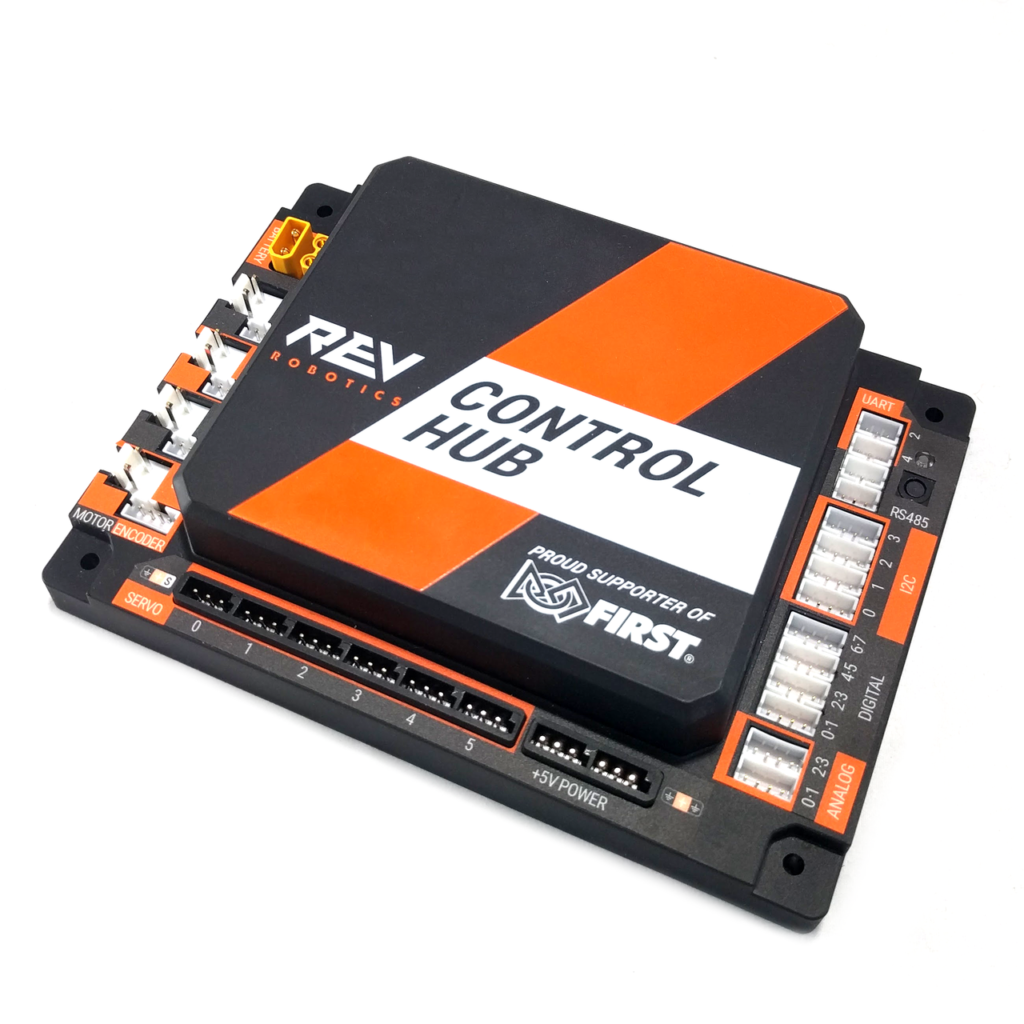
Introduction to Programming
This section provides resources and tutorials for programming the control systems of a robot, including writing code, configuring sensors, and implementing autonomous and teleoperated behaviors.
Programming Basics
Learn the basics of programming languages commonly used in robotics, such as Java, Python, or Blockly, including syntax, control structures, and data types.
Robot Programming Platforms
Explore popular robot programming platforms, such as FTC Blocks, RobotC, or Arduino IDE, and discover their features, capabilities, and compatibility with different hardware platforms.
Autonomous Programming Strategies
Discover strategies and techniques for programming autonomous behaviors, including navigation, obstacle avoidance, and task execution, to maximize the robot’s performance during competitions.
Teleoperated Control Systems
Learn how to implement teleoperated control systems using gamepads, joysticks, or other input devices, and configure them to provide intuitive and responsive control of the robot’s movements and actions.
Tools for Programming
Driver Hub

12V Battery

Control Hub

How To Program a Robot in Blocks
- Open the FTC Blocks Editor
- Create a New Project
- Add Hardware Configuration
- Drag and Drop Blocks
- Connect Blocks
- Configure Block Parameter
- Test and Debug
- Iterate and Refine
Launch the FTC Blocks editor on your computer or device. It’s typically available as part of the FTC software development kit (SDK).
Start a new project in FTC Blocks, giving it a descriptive name that reflects the purpose of your robot program.
Before you can start programming your robot, you need to configure the hardware components connected to your robot, such as motors, servos, and sensors. Use the FTC Blocks interface to add and configure these hardware devices.
To create your robot program, select and drag blocks from the FTC Blocks palette onto the programming canvas. Each block represents a specific action or command that the robot can perform, such as moving forward, turning, or controlling a motor.
Arrange the blocks on the canvas and connect them together to define the sequence of actions your robot should execute. Use control flow blocks, such as loops and conditionals, to add logic and decision-making to your program.
Customize the parameters of each block to fine-tune the behavior of your robot. For example, you can specify the power level for motor movements or set the duration of time for certain actions.
Once you’ve created your robot program, test it on your robot to verify its functionality. Use the debugging tools provided by FTC Blocks to identify and fix any errors or issues in your program.
Continuously iterate on your robot program, making adjustments and refinements based on testing results and feedback. Optimize your program to achieve the desired performance and functionality for your robot.
Additional Resources
Online Communities and Forums: Connect with other robotics enthusiasts, mentors, and experts through online communities and forums to share knowledge, ask questions, and collaborate on robot building, wiring, and programming projects.
Educational Websites and Platforms: Explore educational websites, platforms, and online courses offering tutorials, videos, and interactive lessons on robotics, covering a wide range of topics from beginner to advanced levels.
Here is a Video On basic programming in blocks.
